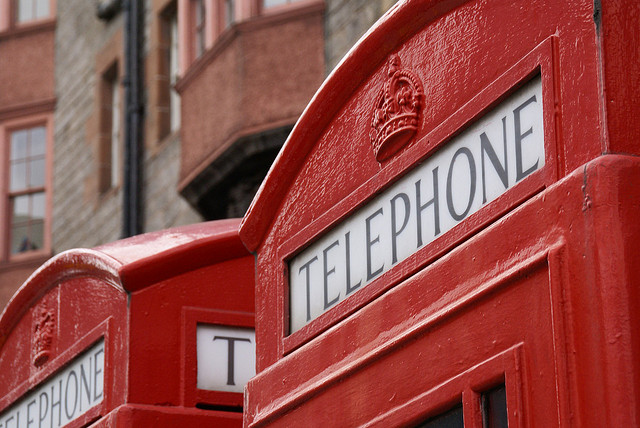The Greatest Ever Public Access Defibrillator Ideas
[fusion_dropcap class="fusion-content-tb-dropcap"]A[/fusion_dropcap]s West Cumbria plans to convert 20 phone boxes into public access defibrillators Openhouse looks at the greatest ever public access defibrillator ideas.
 Ian Britton / CC by
Ian Britton / CC by
BT is looking to close down many of its rarely used phone boxes and is […]
As West Cumbria plans to convert 20 phone boxes into public access defibrillators Openhouse looks at the greatest ever public access defibrillator ideas.

Ian Britton / CC by
BT is looking to close down many of its rarely used phone boxes and is teaming up with the Community Heartbeat Trust and the North West Ambulance Service to fit them with public access defibrillators.
The Community Heartbeat Trust is planning to fit up to to 20 defibrillators in phone boxes around Cumbria. They have applied to Allerdale Council for defibrillators to be fitted in Workington, Seaton, Maryport and Cockermouth areas.
If successful the trust is hoping that they will be able to roll out 300 public phone box defibrillators throughout West Cumbria.
It was the young designer of Liverpool’s Anglican Cathedral, Sir Giles Gilbert Scott, who designed the famous red, K6 telephone box in 1936, and now its iconic design has become synonymous with British culture.
The idea that the trust has put forward hopes to make new use of the iconic design and create potentially life saving opportunities for heart attack victims. The installed defibrillator would take the existing electricity from the phone box and a new phone would be installed to allow people to make emergency calls.
The fantastic initiative is one of the many incredible defibrillator ideas and charity groups that have appeared in recent years.
Phoneboxes
This isn’t the first time that phone boxes have been used to house defibrillators, in 2012 the parents of 17 year old, Guy Evans, who tragically died from sudden heart failure, fitted a defibrillator in their Oxford village’s old K6 telephone box.
Long Wittenham village council had adopted their telephone box from BT for £1, and Guy’s father suggested it could be used to hold a defibrillator. The parish council donated £1,000 and another £1,500 was raised to pay for a defibrillator to be installed.
Hampshire two villages in Hampshire have also followed the trend and had defibrillators installed in their phonebooks. To retrieve the phone box defibrillators, users must phone the emergency services who will give the caller a code to unlock it from its case.
You can adopt a telephone box for £1 and get your community defibrillator installed, starting here:
http://www.communityheartbeat.org.uk/adoptatelephonebox.php
Drones that Deliver a Parachuted Defibrillator
Definetz, a German non-profit company, has created a defibrillator that can travel up to 6 miles at 43 mph and release a defibrillator by parachute.
Recently tested at a golf course, the drone was created to reach rural and remote areas, where ambulances find it difficult to reach. It is expected to be on market for around £25,000.
Oliver King Foundation
Liverpool charity, The Oliver King Foundation was founded after 12 year old, Oliver King who sadly passed away from Sudden Arrhythmic Death Syndrome (SADS).
The aim of the foundation is to raise awareness of the medical condition that affects 12 young people every week. It is their hope that one day every school in the UK will be fitted with a defibrillator.


